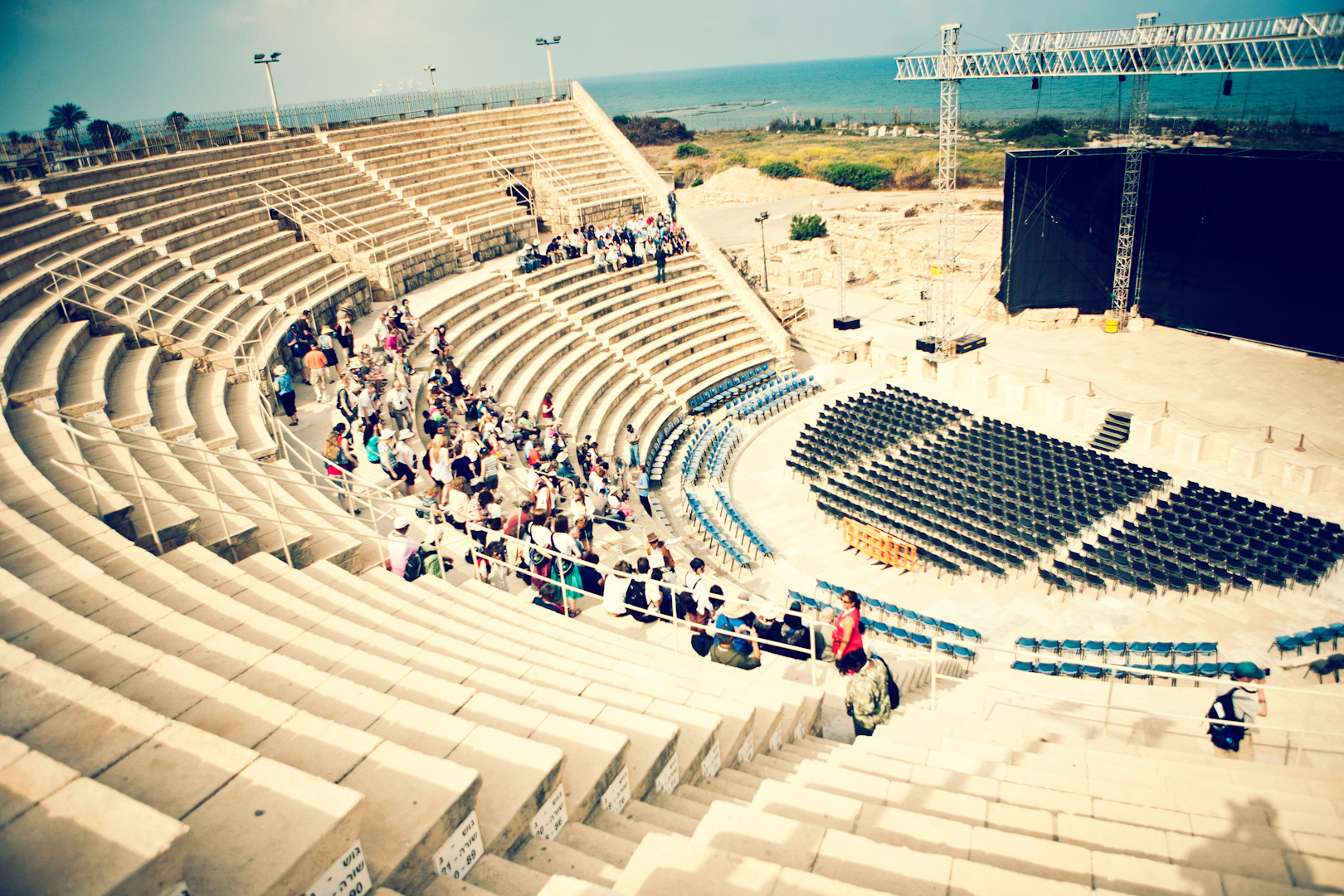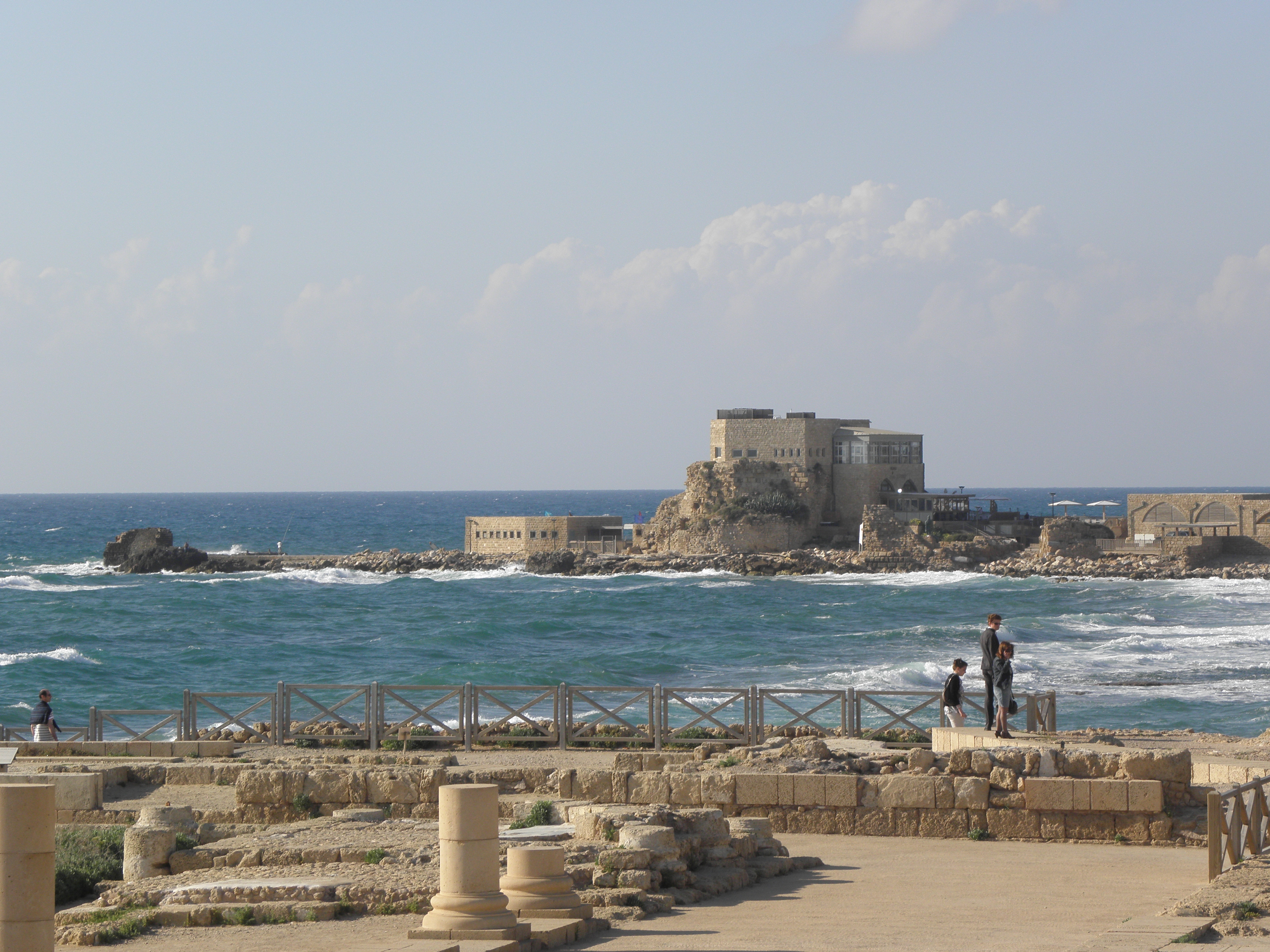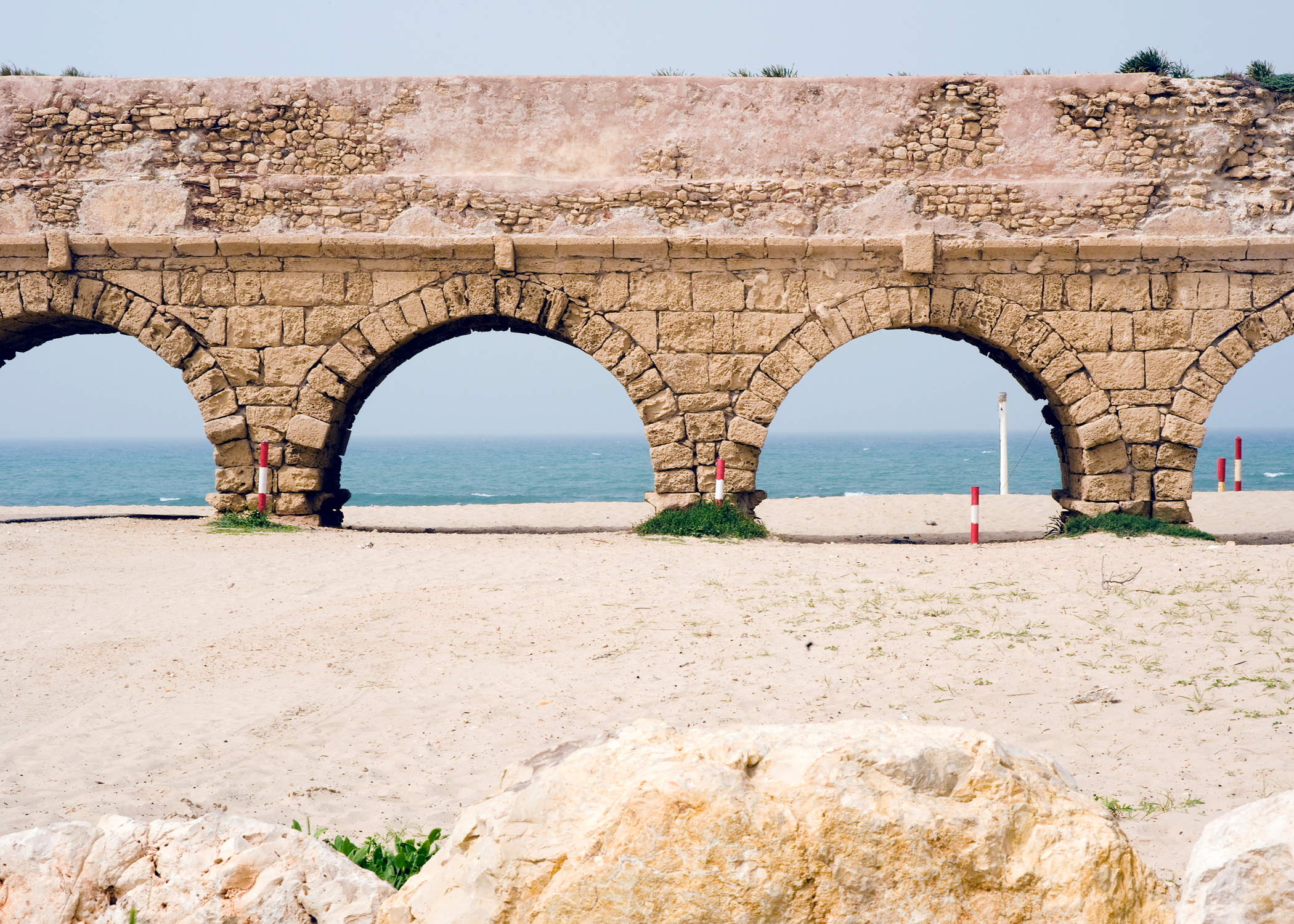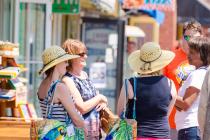Caesarea By The Sea
I used to think of the Bible in pieces—individual characters in stories all separated into verses. Even though it’s a book about people, I rarely think about the world between the highlights. Life is more than dramatic events. It’s also in what occurs between those big moments. Traveling through Israel gave me insight into those “in-between” places. In the first century, people worked, played, talked politics, and did everything we do—only without smart phones and Facebook. (Which, I’ll admit, sometimes sounds ideal.)
I didn’t expect it, but these glimpses into first-century life are transforming how I read the Bible.
The Hippodrome

Across 10,000 seats packed into 12 looooong rows—amazing, right?—people would watch horse races and other events here. But the Hippodrome was also home to political clashes, like when Pontius Pilate (yes, that guy) displayed military flags throughout Jerusalem. The citizens didn’t approve, and for five days protesters tried to convince him to take them down. On Day 6, Pilate brought the flags to the Hippodrome and threatened to kill the protesters if they didn’t support him. In this rare case, the “sitting ducks” won the battle. Pilate gave in. The flags came down. It makes me wonder: was giving in to crowds a regular thing for him?
Roman Amphitheater

I sat on a stone seat. Not the most comfortable place to rest, but it’s my only option in this Roman amphitheater built by Herod. What was it like here in biblical times? A packed house, everyone nervous with anticipation, waiting for the show to begin. Plays were certainly attended back then. Were there musical acts, too? Can you imagine Jewish kids dancing to the rebellious lyre music of, say, the Rolling Tomb Stones? Um, probably not. Culture changes, but not our thirst for entertainment. Which explains why this same amphitheater is still used today as a popular concert venue.
Ruins of Herod's Palace

Once tall, strong, and intimidating—and now a heap of ruins. There might be a lesson to be learned from Herod’s Palace. Paul was here in Acts 25, falsely accused but still proclaiming Christ before Festus and King Agrippa (Acts 25). Home to trumped-up charges and religious injustice, the palace eventually crumbled.
Caesarean Aqueduct

Along the Mediterranean, the sun sparkles across the water and quietly washes against the shore. Ahead, stretching for miles across the sand, is the great Caesarean aqueduct. Constructed in three different phases—the first initiated by Herod the Great—it provided water for residents there for 1200 years. The artistry and craftsmanship amaze me. Such an enormous structure, its perfectly symmetrical arcs built by hand with brick and mortar. What a mesmerizing accomplishment.
I’ll confess: Before my trip to Israel, I would sometimes visualize the Sunday School flannelgraph stories of Mrs. Nixon (bless her heart!) when reading certain parts of the Bible. It’s silly, I know. But that’s the only reference I had! My Holy Land tour has changed all that.
Now, I understand where Paul docked his boat when he arrived in Caesarea from Ephesus (Acts 18:22), because I’ve been there. I’ve smelled that ocean air. I’ve sat in the amphitheater and walked that seashore. It’s like the difference between listening to a band on your iPod and then hearing them perform live. Same songs, same melodies, same lyrics...but a much richer, deeper experience. Today I’m reading the same Bible, but now it’s come to life.






